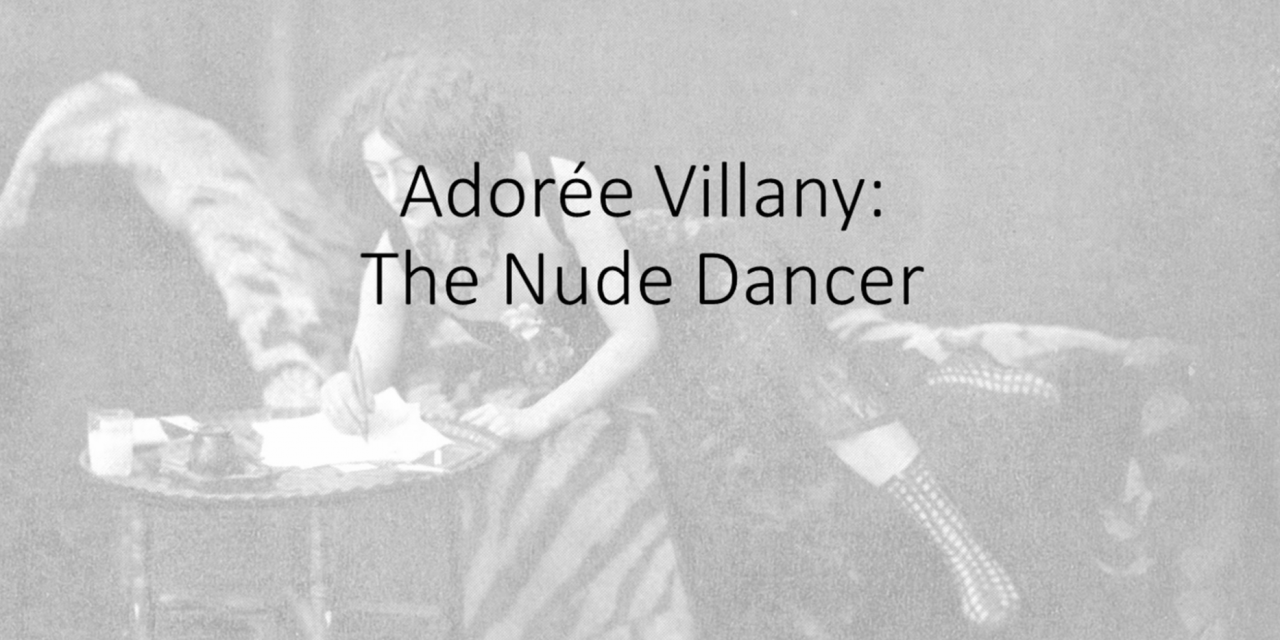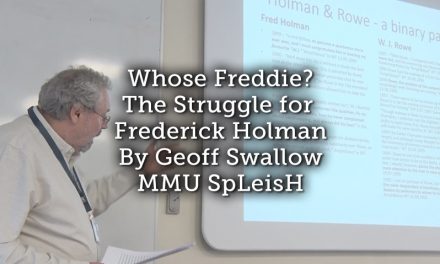Presented by: Hans Henrick Appel
During the 1910’s, a handful of women became notorious for their nude or semi-nude public performances. Whereas some of them, as for instance Mata Hari, who was executed for alleged espionage by the French in 1917, were very poor dancers, others like the young French dancer, Adorée Villany, made a claim to be artists. Villany even wrote a witty book on ‘Tanz-Reform and Pseudo-Moral’ in the wake of a court case against her in Munich. Her argument was that Ballet with corsets and ballet shoes suppressed and perverted the body, instead of allowing free bodily expressions, which were just as important as facial expressions. She got a string of artists to bear testimony in her court case to the fact that her performances were art. During the war, Villany pursued her career in neutral Scandinavia, where she came up against the Lutheran Scandinavian morals. Although reviewers and three separate police inspections found her performances in Copenhagen neither obscene nor indecent – and her nude dance was only performed in silhouette behind a white curtain – a Christian moral union managed to get her banned from performing in the city. After a couple of unsuccessful attempts of circumventing the ban, a Danish film company produced a film with her, which became the main blockbuster of 1915 in Copenhagen. The presentation will analyze the discourse on her dance from the point of view of reviewers, police, moral union and Villany herself.
Article © Han Henrik Appel





